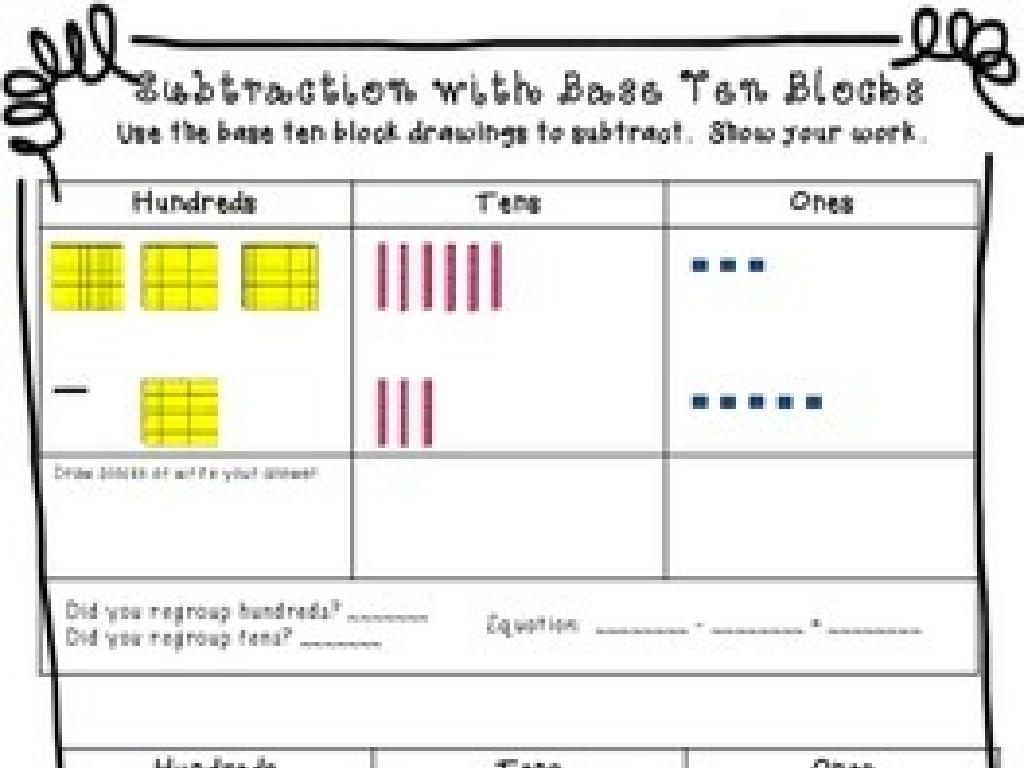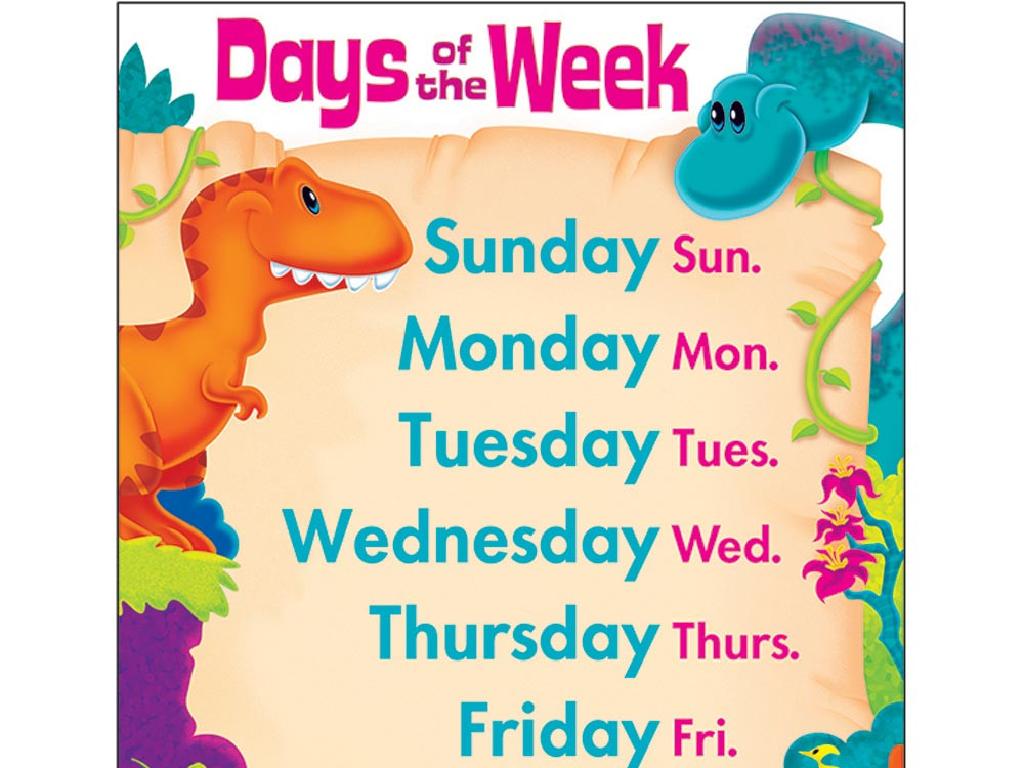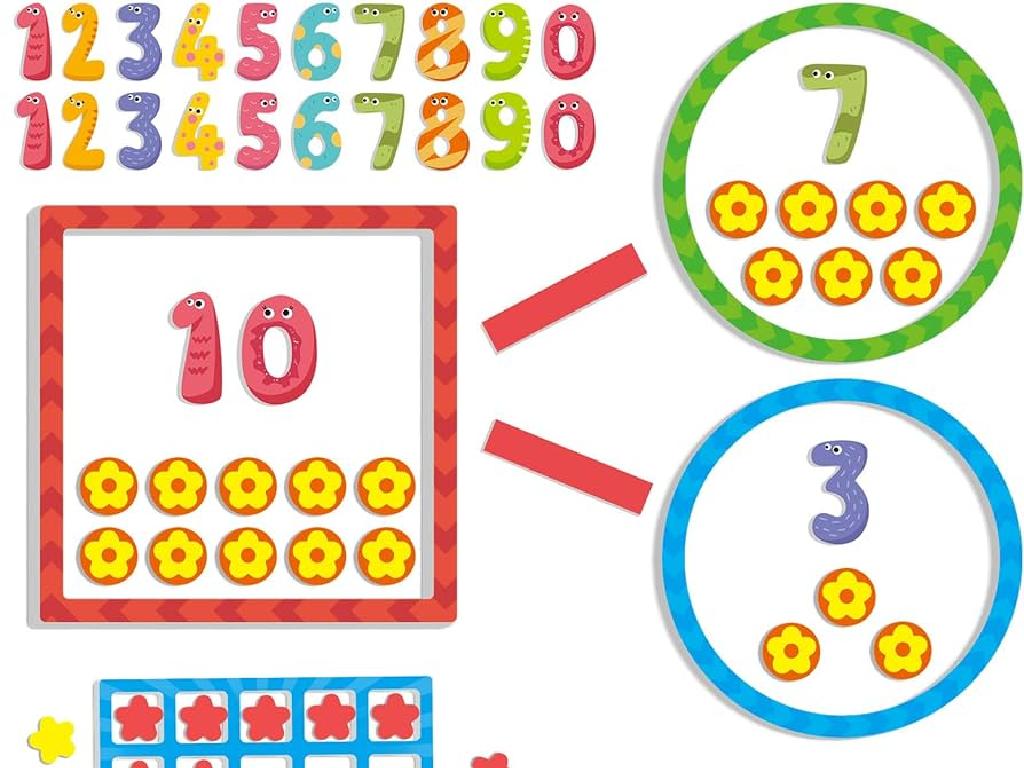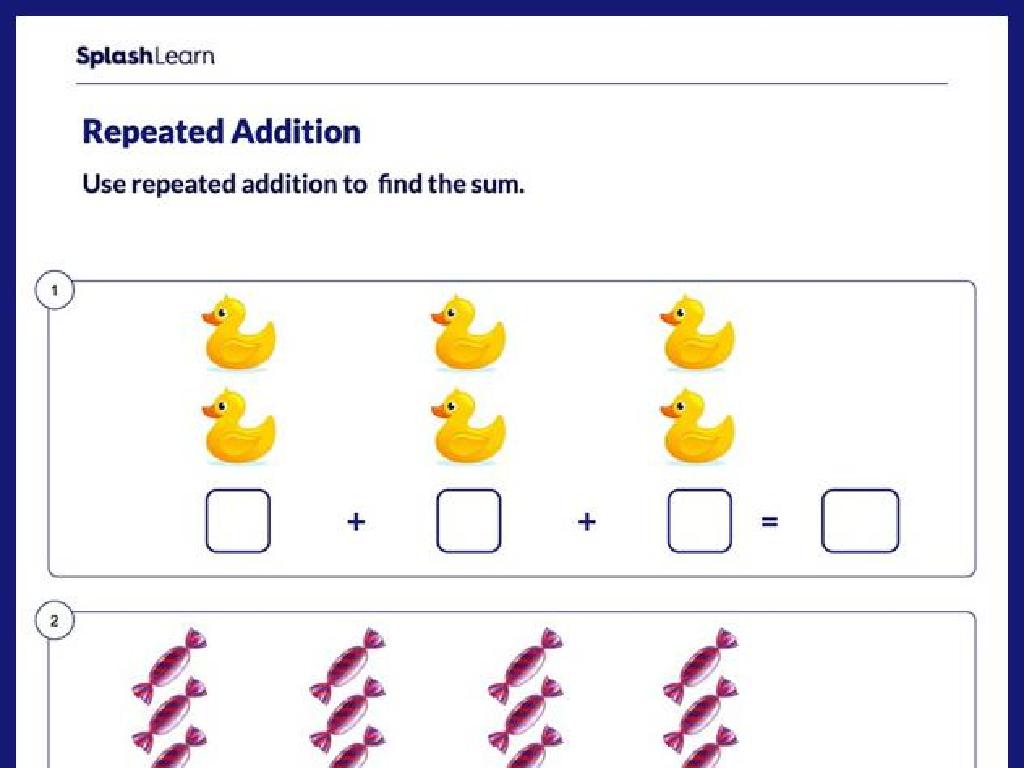Inequalities With Addition And Subtraction
Subject: Math
Grade: Fourth grade
Topic: Add And Subtract Decimals
Please LOG IN to download the presentation. Access is available to registered users only.
View More Content
Introduction to Inequalities
– What are inequalities?
– Inequalities show if one number is bigger or smaller than another.
– Meaning of ‘greater than’ & ‘less than’
– ‘Greater than’ means a number is larger. ‘Less than’ means it’s smaller.
– Symbols ‘>’ and ” when a number on the left is bigger, ‘<' when it's smaller.
– Comparing numbers with symbols
– Practice by determining which number is larger or smaller.
|
This slide introduces the concept of inequalities, which is a fundamental part of understanding how to compare numbers. Start by explaining that inequalities help us see the relationship between different numbers in terms of their size. Clarify the meaning of ‘greater than’ and ‘less than’ with practical examples, such as comparing ages or quantities of objects. Show how the symbols ‘>’ (greater than) and ‘<' (less than) are used to represent these relationships. Provide examples of comparing numbers using these symbols, and encourage students to think of their own examples. The goal is for students to become comfortable with these concepts before moving on to more complex comparisons involving addition and subtraction of decimals.
Addition with Inequalities
– Adding numbers with inequalities
– Example: 3 + x > 5
– If we have 3 + x > 5, we subtract 3 from both sides to find x
– What can x be?
– x must be greater than 2 to satisfy the inequality
– Practice: 4 + _ > 7
– Let’s find the number that makes this true
|
This slide introduces the concept of addition within inequalities. Start by explaining that when we add numbers, the inequality sign tells us about the relative size of numbers. Use the example 3 + x > 5 to show students how to isolate the variable x by performing the same operation on both sides of the inequality. For the practice problem, guide students to find the value that will make the inequality true when added to 4. Encourage students to think of the inequality sign as a balance scale that must remain balanced. Provide additional practice problems for students to solve independently, ensuring they understand the concept of maintaining the balance of the inequality while performing addition.
Subtraction with Inequalities
– Understand subtraction in inequalities
– Example: If 10 – x < 8, solve for x
– Subtracting x from 10 should give a number less than 8
– Practice problem: 15 – _ < 12
– Find a number that, when subtracted from 15, gives less than 12
– Discuss how subtraction changes inequality
– Subtraction can increase or decrease the value of the left side
|
This slide introduces the concept of subtraction in the context of inequalities. Start by explaining that subtracting a number can affect the balance of an inequality. Use the example 10 – x < 8 to show how to find the range of values for x that satisfy the inequality. For the practice problem, guide students to understand that they need to find a number that makes the inequality true when subtracted from 15. Discuss how subtraction can either increase or decrease the value of the left side of the inequality, depending on whether the number being subtracted is positive or negative. Encourage students to think about the direction of the inequality sign and what it means for the possible values of the variable.
Solving Inequalities with Addition and Subtraction
– Steps to solve an inequality
– Identify the inequality sign and perform inverse operations
– Example: 6 + x > 9
– Subtract 6 from both sides to find x > 3
– Find numbers that make it true
– Numbers greater than 3 satisfy the inequality, like 4, 5, or 10
– Practice with different numbers
– Try solving x + 5 4
|
This slide introduces students to the concept of solving inequalities, which is a step beyond simple addition and subtraction. Start by explaining the steps to solve an inequality, emphasizing the use of inverse operations to isolate the variable. Use the example 6 + x > 9 to demonstrate the process: subtract 6 from both sides to find that x must be greater than 3. Explain that any number greater than 3 makes the inequality true. Encourage students to practice with different numbers and provide additional examples for them to solve. This will help solidify their understanding of inequalities and prepare them for more complex problems.
Inequalities in Word Problems
– Solve real-world problems
– Read carefully to find inequality
– Look for words like ‘more than’ or ‘less than’
– Example: Sam’s candies
– Sam has >15 candies. Eats 4. How many now?
– Subtract within inequalities
– Practice subtracting numbers in inequalities
|
This slide aims to help students apply their understanding of inequalities to solve problems they might encounter outside of the classroom. Emphasize the importance of reading word problems carefully to identify keywords that indicate an inequality, such as ‘more than’ or ‘less than.’ Use the example provided to illustrate how to set up an inequality from a word problem and solve it by performing subtraction. Encourage students to think critically about the information given and what is being asked. In the example, if Sam has more than 15 candies and eats 4, he will still have more than 11 candies. This exercise will prepare them for more complex problems and enhance their problem-solving skills.
Class Activity: Inequality Scavenger Hunt
– Understand inequalities through play
– Find classroom objects for inequalities
– Look for items like pencils, books, or erasers
– Create your own inequality examples
– Use the objects to show greater than or less than
– Share and explain your inequalities
– Discuss why one side of your inequality has more or less
|
This activity is designed to help students apply their understanding of inequalities in a tangible and interactive way. By searching for objects in the classroom, students will create real-world examples of inequalities. Encourage them to think creatively and use a variety of items. Once they have their objects, they should write down their inequalities, using addition or subtraction to show the relationship between the quantities. For example, ‘5 pencils + 2 erasers > 3 pencils + 4 erasers’. During the sharing portion, prompt students to explain the reasoning behind their inequalities, reinforcing the concept that inequalities represent a balance or imbalance between two quantities. This activity will not only solidify their understanding of the topic but also enhance their ability to communicate mathematical reasoning.
Wrapping Up: Inequalities with Addition & Subtraction
– Recap: Inequalities in addition/subtraction
Reviewed how to solve problems like 5 + x > 7
– Importance of understanding inequalities
Inequalities help us compare and understand quantities
– Next class: Multiplication/Division inequalities
We’ll explore how these operations affect inequalities
– Review key concepts and practice
|
As we conclude today’s lesson, it’s crucial to review the key concepts of solving inequalities involving addition and subtraction. Reinforce the idea that understanding inequalities allows students to compare quantities and make decisions based on those comparisons. Looking ahead, prepare the students for the next lesson by hinting at how multiplication and division can also be used in the context of inequalities. Encourage them to review today’s material and practice solving similar problems to build a strong foundation for the upcoming class.





